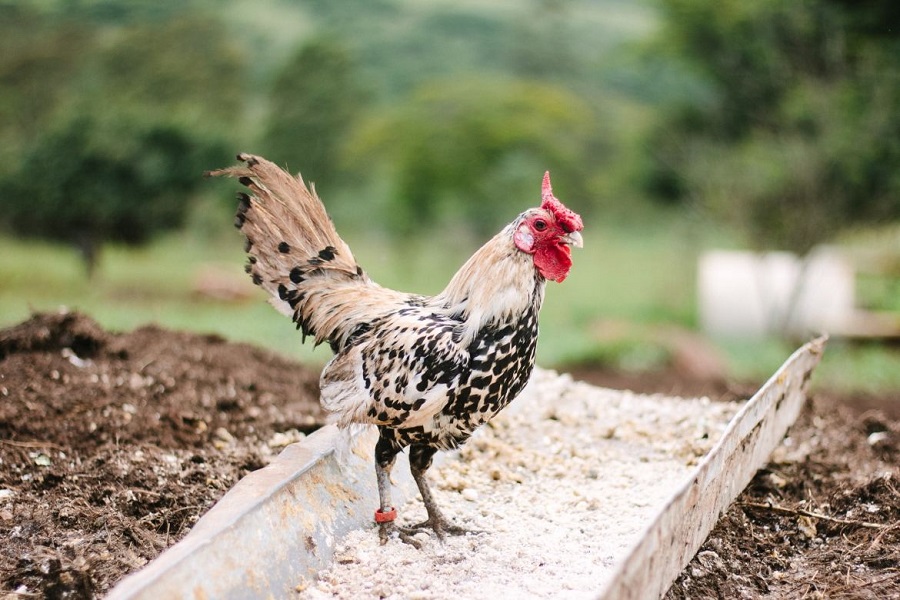The internet can instantly expose you to numerous articles with mixed messages about what foods to eat, how much to eat, when to eat, and of course, what not to eat – which is enough to make most people’s head spin! Unfortunately, even whole foods that are said to be healthy are increasingly questioned for hidden contaminants. One of those hidden contaminants is actually a metallic mineral: arsenic.
What is arsenic?
Arsenic is toxic to the human body and can remain stored in various tissues, including the brain, especially if it’s unknowingly being ingested on a regular basis. Arsenic is recognized as a carcinogen and an environmental pollutant, and has been linked to cardiovascular disease, keratosis, neurological effects, and kidney disease [1, 2, 3]. Even small doses of arsenic can cause:
- Stomach aches
- Headaches
- Drowsiness
- Abdominal pain and diarrhea
- Brain fog/confusion
Perhaps those at the greatest risk for arsenic toxicity are pregnant women and children. Arsenic exposure during pregnancy can lead to suppressed immune function in the unborn baby and has even been shown to affect child development later on [4].
So where does arsenic come from?
Some of the most common sources of arsenic include tap water, rice, and chicken. Nearly 70 years ago, arsenic was introduced to chicken feed through Roxarsone, an arsenic-based drug intended to speed the growth rate of chickens and help prevent infections and to make the meat more pink in color for marketability. Roxarsone was used largely in chicken feed until 2011, but hasn’t been disapproved by the FDA [5]. Additionally, “organic” arsenic, as found in Roxarsone, can quickly become “inorganic,” once digested by livestock, and thus the ground becomes fertilized with this new byproduct. Surrounding areas can become contaminated, whether you’re specifically eating chicken or not. This is how arsenic can bioaccumulate and become elevated in a variety of other crops, including rice, and other animals that feed off of the same land.
According to a 2006 Institute for Agriculture and Trade Policy report, annual chicken consumption per American jumped 250 percent between 1965 and 2013, jumping from 33.7 pounds to 83.1 pounds. The same report also revealed that 70 percent of the 8.7 million chickens bred for the food supply ate feed containing Roxarsone [6].
Organic Matters
When comparing conventionally raised and organically grown chicken, conventional brands often had significantly greater arsenic levels, however, not all conventional brands contained high arsenic levels [6]. Some of the highest arsenic levels were found in Perdue Roundy’s Boneless, Gold’n Plump boneless, Trader Joe’s boneless, Kadejan free roam, Smart Chicken organic, and Rosie/Petaluma organic [6]. Under the USDA organic certification, arsenic feed additives are prohibited, so buying organic may be a first step when trying to limit or avoid arsenic exposure.
In terms of other sources of arsenic, it’s recommended to have drinking water tested, especially well water. Additionally, choosing organic rice and rice-based products grown on long-standing organic soil is important as arsenic has been shown to accumulate in inorganic soil were pesticides are heavily used. One such source of arsenic-infused soil is found in previously pesticide-treated cotton fields [7]. California grown rice may be preferred as cotton hasn’t been previously grown there.
Additionally, when going gluten-free, many alternatives tend to be rice-based, so you may want to read food labels and opt for rice free options. Remember to watch for other additives and chemicals, especially sugar or artificial sweeteners. When in doubt, look for whole-food-based snacks, or try your hand at homemade GF breads, crackers, waffles, etc. with different grain sources as a base.
If you eat rice frequently, consider these tips
- Choose organic basmati rice from California (or India and Pakistan) if possible.
- Rinse rice thoroughly or even better soak it for 48 hours before cooking it, pouring off the water and rinsing it every 8 to 12 hours (like soaking beans).
- Cook rice in 6 to 10 parts water to one part rice.
- When the rice is done, drain off the extra water after cooking.
Where to buy arsenic-free foods
Consider buying from local, organic farmer’s such as from Community Supported Agriculture (CSA’s), farmers markets, or other local food stores and organizations. If you live in an area with limited access to fresh foods or farmers markets, consider buying from an online grocery store, such as from Dr. Mercola’s online store. You can also find organic poultry and wild-caught fish, and several other products online from Thrive Market.
Looking for more nutritional guidance? Schedule a visit with our functional nutritionist and registred dietitian, Rachel Wood!
Resources
1. Arsenic in cooked rice: effect of chemical, enzymatic and microbial processes on bioaccessibility and speciation in the human gastrointestinal tract.
2. Arsenic Toxicity – What are the Physiologic Effects of Arsenic Exposure?
3. Renal health and the environment: heavy metal nephrotoxicity.
4. For Consumers: Seven Things Pregnant Women and Parents Need to Know About Arsenic in Rice and Rice Cereal
5. Arsenic in Chicken Meat
6. Playing Chicken – Avoiding Arsenic in Your Meat
7. There’s arsenic in your rice — and here’s how it got there


